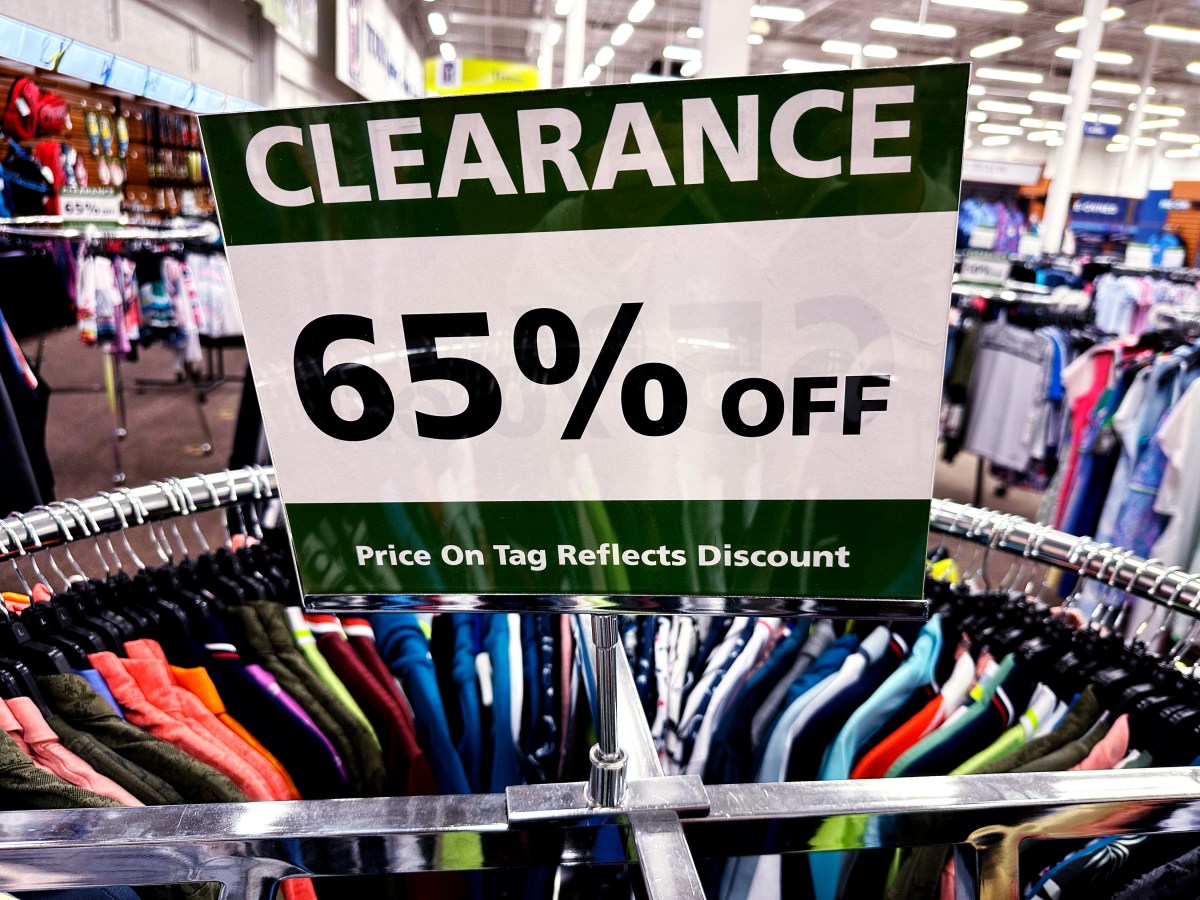Energy bill too high? It might be time to consider the physics behind your energy use. The scientific attributes of heat and energy mean particular appliances and factors affect your utilities bill disproportionately.
If this all sounds like high school science class, don’t fall asleep — this lesson can save you money. The U.S. Department of Energy estimates that the typical family spends around $2,200 per year on utilities. It also estimates that you can put as much as 25% of that — $550 — back in your pocket with a commitment to reducing your usage.
Keep hot stuff hot, cold stuff cold
You know what happens when you leave a hot cup of coffee in the snow: It gets cold. A physicist would point out that heat flows spontaneously from hotter to cooler objects until equilibrium is reached, i.e., until they are the same temperature.
This process is happening around your house all the time. It’s 20 degrees outside, and 70 degrees inside; left alone, your house will lose heat until it’s just as cold in as out. To maintain the temperature difference, you’ll either need to stop the heat from leaving (insulation) or add more heat to your house (your heater). It’s the same principle in summer, but in reverse: Keep the heat from coming in or remove the heat from your house (air conditioning).
House heating and cooling are often the biggest culprits behind a hefty utilities bill — and the best places to look for cost-cutting opportunities. The more that heat stays where it’s supposed to, the less energy you need to move it where you want it to be.
With that in mind:
quick hits
- Make sure your fridge and freezer are well-sealed
- Check seals around your windows and doors
- Seal leaky heating, ventilation and air conditioning ducts
- Insulate outlets and light switches
- Insulate your water heater and its hot-water pipes
- Set your fridge to 38 degrees and your freezer to 5 degrees. The warmer the setting, the less work the fridge and freezer have to do to maintain the temperature. Of course, you still want them cold enough to keep your food fresh.
- Set your thermostat a couple of degrees lower in the winter and higher in the summer
Bigger investments
- Upgrade your home insulation
- Install double-pane windows
- Plant shade trees outside your house to reduce heating by summer sunlight
Pretty much, wherever there’s a difference in temperature, you’ll likely want to keep it that way. In some cases though, you should flip the principle on its head. For example, you’ll want to open your blinds in winter so the sunlight can help heat your home.
Heating water takes a lot of energy
If you think back to high school chemistry, you might remember something about water having a high “specific heat.” This just means that water can absorb relatively significant amounts of heat without its temperature rising by much.
This property is helpful if you want to, say, cool down a nuclear power plant. But it’s less helpful when you need to apply a significant amount of energy just to boil your tea.
It comes as no surprise then that the Department of Energy estimates water heating to generally be the second largest expense in powering your home, making up 14% to 18% of your utility bill.
So as in the first section, if you use energy to heat water, you’ll want that water to stay hot. But you’ll also want to reduce your house’s demand for hot water in the first place.
Quick hits
- Shorten your shower time. Put a waterproof timer in your shower to help with this.
- Wash your clothes in cold water
- Fix leaky pipes
Bigger investments
- Install efficient shower heads that maintain water pressure while using less hot water
- Install an efficient dishwasher; most of a dishwasher’s energy use is from water heating.
- Install an efficient water heater and lower its temperature to 120 degrees; usually, it’s set at 140.
When you use power, use it wisely
The goal here: If you’re going to use power, make sure it’s being used well.
The upfront investment for new, more efficient appliances can be a big lift, but you can also easily wring efficiency out of other things around the house. If you do shell out for more efficient appliances, though, invest in the ones that run most often, like the fridge, HVAC system, water heater, dehumidifier, television, and washer and dryer.
One big item to check: whether your utilities provider offers discounted rates on power during certain times of day. If you can move energy intensive chores, like laundry, to low demand or “off-peak” times, prices on energy can be 5% to 25% lower.
Other ways to find efficiency:
QUICK HITS
- Check your HVAC air filters regularly (once a month if you’re serious about it) and replace them if they’re dirty
- Clean and maintain your refrigerator coils
BIGGER INVESTMENTS
- Install a programmable thermostat to manage your home’s temperature even when you’re out
- Replace your burnt-out light bulbs with energy efficient CFLs or LEDs
- Install motion detectors for outdoor lights, instead of leaving them on all night
- Install dimmer switches on your lights so you can brighten the room only as much as you need
Some electronics don’t turn off; they just go into “standby” mode while still requiring a small trickle of power that can add up over devices and time. These are usually (but not exclusively) electronics with a remote control, since the remote sensor needs power while waiting for your input. Plug these electronics into a smart power strip, which cuts off current entirely when the devices aren’t in use.
You can also see if a local company or utility will give your house a full energy audit (sometimes for free!). It can help you with the supplies and strategy necessary for a more efficient home.
The Department of Energy has a more in-depth Energy Saver Guide here.
Stephen Layton is a staff writer at NerdWallet, a personal finance website. Email: slayton@nerdwallet.com.
The article How to Lower Your Energy Bill originally appeared on NerdWallet.


















